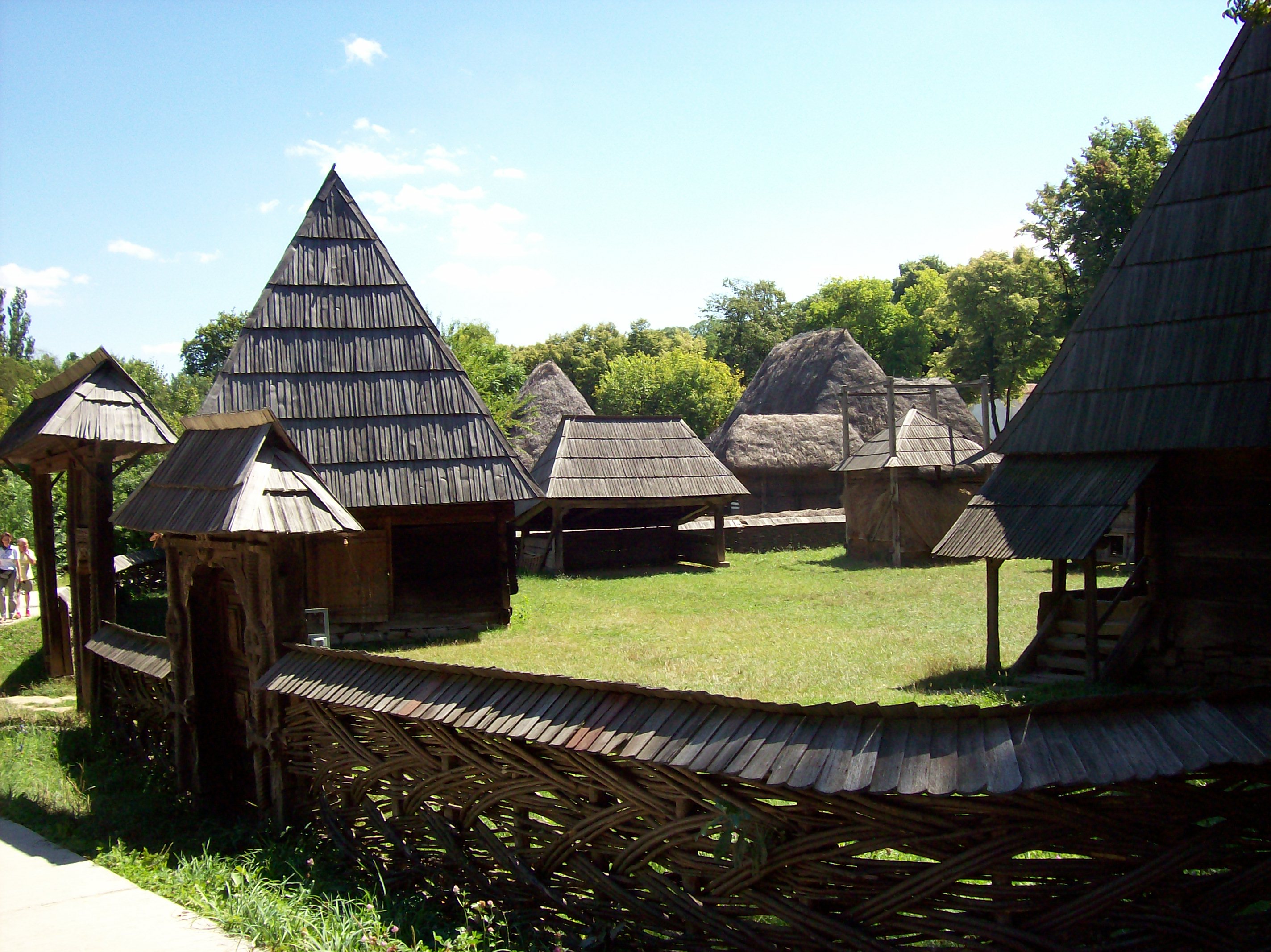
Dracula romanticism and a country on fast-forward. Romania has the majestic castles, medieval towns, great hiking and wildlife, and cheap skiing of much of the 'undiscovered' former Eastern Bloc. You'll be floored at how different it is, but you'll almost certainly see signs that it's chasing the dreams of the rest of the West.


Oval-shaped Romania is the third-largest Eastern European country, behind Russia and the Ukraine. It lies on the Black Sea and, moving clockwise from the south, shares borders with Bulgaria, Serbia, Montenegro, Hungary, Ukraine and Moldova. The forested Carpathian Mountains account for one third of the country's area; another third is covered by hills and tablelands full of orchards and vineyards; and the final third comprises a fertile plain where cereals, vegetables and herbs are grown.

Capital: Bucharest
President: Traian Basescu
Prime Minister: Emil Boc
Government: republic
Time zone: GMT +2
Area: 237500
Population: 22270000
People: Romanians (90%), Hungarians (7%), Roma (2%), Germans, Ukrainians
Languages: Much closer to classical Latin than the other Romance languages. Spoken by the Hungarian minority in parts of Transylvania. Eastern (Romanian) Orthodox (87%), Protestant (6.8%), Roman Catholic (5.6%), other
Currency: New Leu (L)
Major industries: Agriculture, manufacturing
Major Trading Partners: EU (esp.Germany, Italy, France), USA, Turkey
Daylight Saving: From end of March to end of October
Country Dialing Code: 40

Romania is easily accessible, served by buses, trains and planes galore. There are plenty of scheduled flights to Romania from a dozen or so Western countries, and, with a single plane change, from a great many more. Most flights arrive at Bucharest's Otopeni international airport. There are also flights to Timisoara, Constanta Arad, Satu Mare, Târgu Mures and Sibiu. With an unbeatable train service linking Romania to western Europe and Russia, there is little reason to travel to/from Romania by bus. Romania's public bus system is virtually nonexistent, while fares offered by the numerous private bus companies operating buses to the West rarely compete with the inexpensive comfort offered by trains.


Romania's national airline Tarom flies at least four times weekly between Bucharest and the other major cities. Carpatair flies from Timisoara to nine Romanian cities. Buses are dead cheap and dead slow. They are also infrequent; only one or two buses a day service most routes. They're generally used only for outlying villages and more rural areas. Rail has long been the most popular way of travelling around Romania. They provide a frequent service to most cities, towns and larger villages within the country. There are five different types of train: personal are so slow that they generally travel with the doors open so passengers can leap on or off when the train is in motion; accelerat are faster, more expensive and less crowded; rapid and expres trains travel reasonably quickly and serve international as well as domestic routes; and Inter-City trains are no faster than the others (apart from personal trains) but are twice as expensive and twice as comfortable. Seat reservations are obligatory for all trains (except personal) and this is included in the fare.


Romanian winters can be extremely cold and foggy, with lots of snow from December to April, with an average temperature just under 0° C (32° F). In summer there's usually hot, sunny weather on the Black Sea coast and east of the Carpathians, with days around 30° C (86° F) not uncommon. The majority of Romania's rain falls in the spring, with the mountains getting the most, the Danube Delta the least. In general, Romania's climate is transitional between temperate regions (the southeast can feel positively Mediterranean) and the more extreme weather characteristics of the continental interior. The average annual rainfall is 660mm, yet in the mountains that figure is usually over twice that amount, while in the Danube Delta it's often half that.




0 comments:
Speak up your mind
Tell us what you're thinking... !